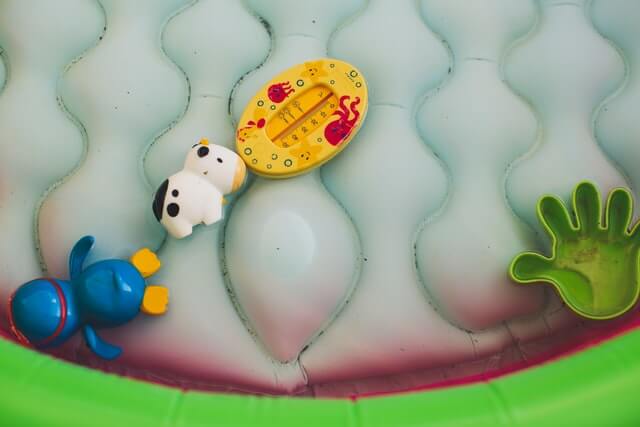
For children with autism, engaging in sensory activities is an important way to help with their development. Sensory games can be fun for the whole family and are a great way to connect with your autistic child.
Why are sensory activities good for autistic children?
Sensory activities help autistic children to learn about their surroundings and the world around them. These activities also help with important skills such as communication, problem solving, and socialization.
Additionally, sensory toys can help children with autism relax and de-stress. For example, a fidget spinner or sensory ball can give an autistic child something to focus on when they are feeling anxious, overwhelmed, or stressed out.
Sensory activities you can do at home
Here is a list of 10 great sensory activities that you can play with your child at home.
Sensory Bin
Fill a large container with different textures and objects for your child to explore. This can include anything from rice, beans, or pasta to feathers, fabric scraps, or small toys. Let your child dig through the bin and explore the different textures.
Water Play
This is a great activity on a hot day! Fill a kiddie pool, bathtub, or even just a large bowl with water and let your child play. Add some fun items like plastic balls, small toys, or sponges to make it more interesting.
Sensory Table
A sensory table is a great way to provide a variety of different textures and objects for your child to handle. You can buy a sensory table, or create your own by using a large plastic container and filling it with different items such as sand, water, foam balls, or small toys.
Ice Exploration
Fill a bowl or container with water and add some food coloring. Freeze the mixture overnight and let your child play with the multicolored ice cubes. This is a great way for your child to experience temperature changes.
Silly Putty
Silly putty is a great sensory activity because it can be molded and stretched into different shapes. It also makes noise when you squish it, which can be fun for kids. You can buy silly putty or make your own by adding cornstarch and food coloring to Elmer’s glue.
Bubbles
Blowing bubbles is a fun sensory activity that can also be calming for kids with autism spectrum disorders (ASD). You can buy bubble solution or make your own by adding dish soap to water and food coloring if desired. Let your child blow the bubbles, or just pop them with their hands.
Window painting with shaving cream
Set up a window with shaving cream and let your child paint away! You can also add food coloring to the mixture if you want your child's artwork to be colorful.
This activity is great for sensory exploration but it can also help develop fine motor skills like painting or drawing because children need to use their fingers when they are creating designs on glass. Just make sure that they understand not to hit the window too hard.
Walking on Rice
Fill a large container with rice and let your child walk through it barefoot. This can be an interesting way to explore different textures, as well as fine motor skills development since they’ll have to balance themselves while walking across the rice. You could also use other materials like beans, pasta, or sand.
Texture Hunt
Hide different objects around the house that have interesting textures for your child to find. This can be anything from a soft blanket to a bumpy plastic ball. Encourage your child to touch and feel the different textures.
Sensory Bag
A sensory bag is an easy activity to set up and can be reused multiple times. Just place different objects like small toys, feathers, or fabric scraps into a Ziploc bag and seal it shut. Your child can then explore the contents by feeling and squeezing the bag.
Sensory Tunnel
A sensory tunnel is a great way for kids to explore their senses of sight , touch, and sound. You can buy a sensory tunnel or make your own by using PVC pipe and a tarp or blanket. Drape the fabric over the pipe and secure it with clothespins. Your child can crawl through the tunnel to explore.
One of the best things about sensory activities is that they don’t have to be expensive or elaborate. You can use items from around the house, and many of them are easy enough for toddlers and preschoolers to participate in.
Helpful tips for parents when playing at home sensory games with their autistic children.
Give your child time to get used to the sensory activity. This will help prevent sensory overload, which can lead to anxiety or aggression in an ASD child who has difficulty processing information from his/her surroundings all at once (this may happen when there’s too much going on).
Here are some tips to keep in mind when starting a sensory sessions with your child:
-Start out with short sessions so your child doesn’t get overwhelmed.
-Be patient and let your child take their time exploring the different activities.
-If your child becomes agitated or upset, stop the activity and try again later.
-Make sure the activities are safe and within your child’s abilities.
-adapt the games to fit your child’s interests and needs.
Final Thoughts
Sensory activities can be a great way to help develop your autistic child’s skills and provide them with some fun and excitement. With a little bit of creativity, you can come up with many different activities that will keep your child engaged and interested. So get creative and have some fun!





